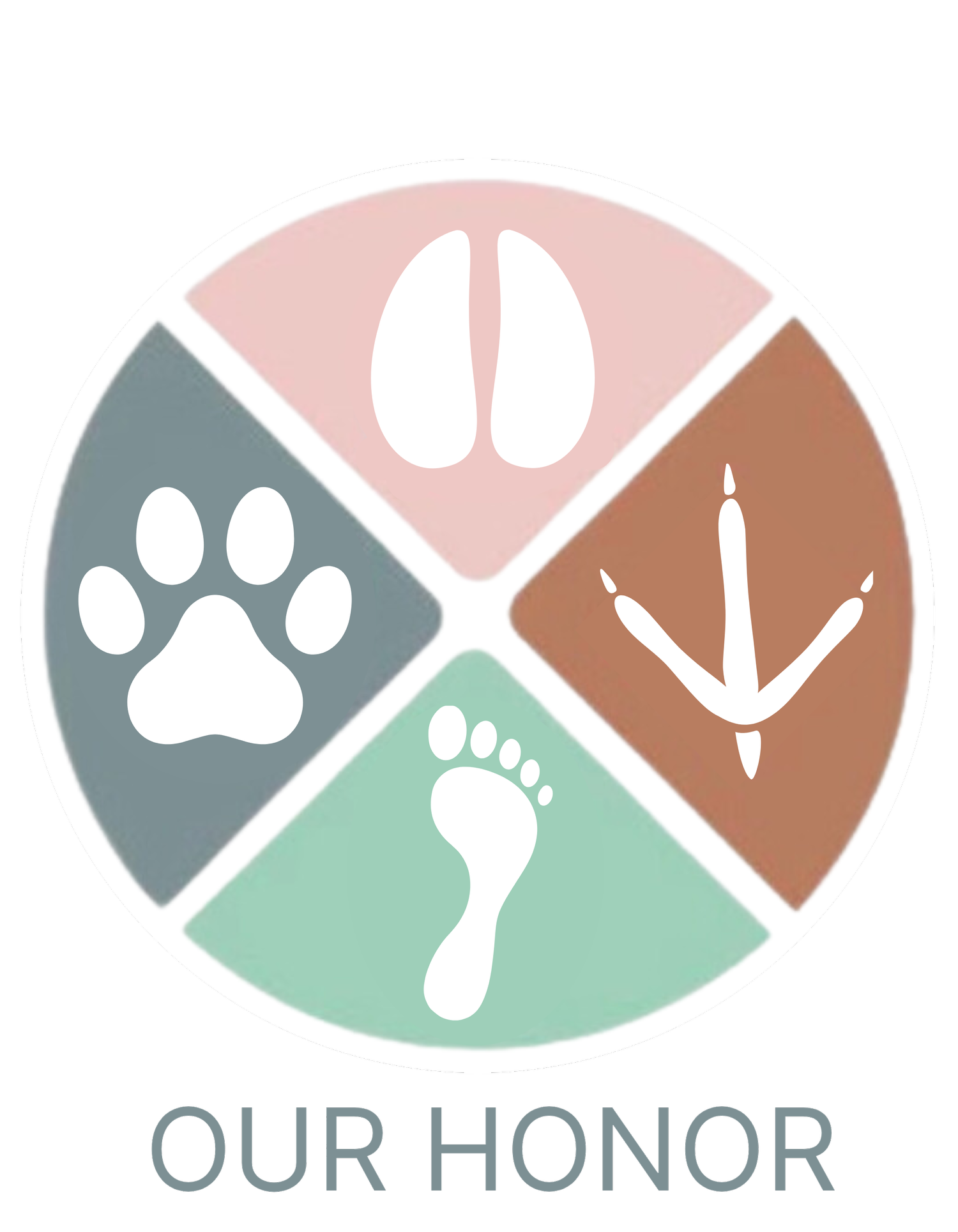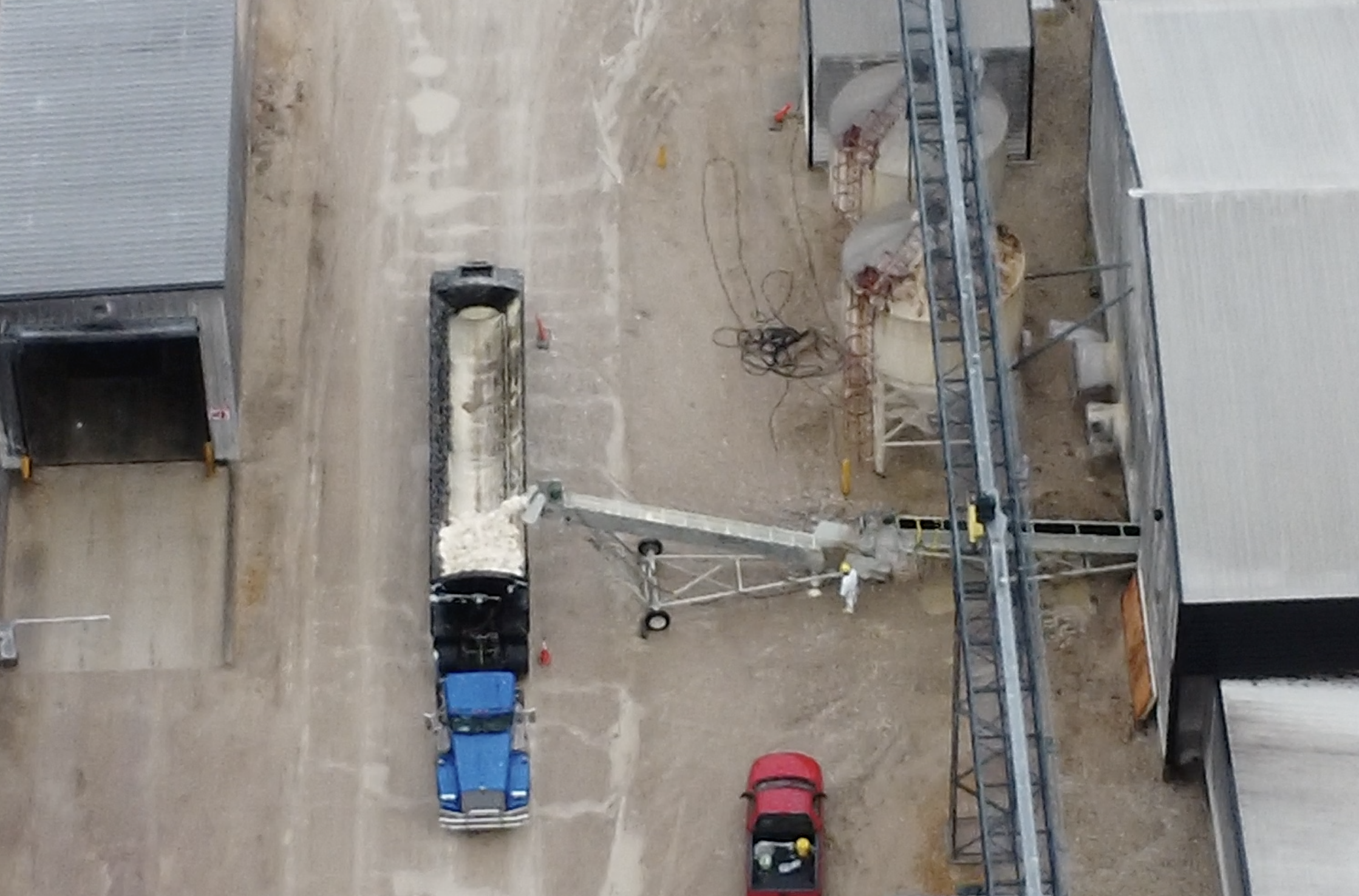Comment on the AVMA's New Draft Guidelines for Depopulation of Animals by January 30th
Your Voice Matters
If you’re an AVMA member, please take the time to review the new draft and submit your comments by January 30th. Your input could significantly affect how these guidelines evolve and are implemented during existing and future crises.
Veterinarians are committed to protecting the health and welfare of animals. However, there are dire circumstances—such as disease outbreaks, natural disasters, or other emergencies—where veterinarians may face the difficult decision to end the lives of large numbers of animals. These are among the most challenging tasks a veterinarian can face.
The guidelines, first developed in April 2019, were created as part of a cooperative agreement with the USDA and are used to set policy and indemnity payments related to the mass extermination of animals in emergency situations such as natural disasters or infectious disease outbreaks, with input from over 60 experts, including ethicists and representatives from the USDA and NIH. The guidelines cover a range of scenarios, from contagious animal diseases and pandemics to non-natural disasters like chemical spills or acts of terrorism.
However, the AVMA prevented their member veterinarians who were publicly opposed to VSD+ from attending their Cargill-sponsored Humane Endings Symposium, saying that their presence would not allow for a “safe space” for producers to discuss depopulation methods.
Controversial methods still allowed
Instead of listing methods as “preferred,” “recommended in constrained circumstances,” and “not recommended,” methods are listed as “tier 1”, “tier 2,” and “tier 3 methods,” With tier 1 being the least cruel and tier 3 being the most cruel. I don’t refer to the methods as “more humane” or “less humane” because some of these methods and scenarios are not based on humaneness.
While a recent poll on the Veterinary Information Network of 3,059 veterinarians shows that only 1.1% of veterinarians believe VSD+ is an ethical and humane depopulation method the new draft of the guidelines list VSD+ as a tier 3 method, while in poultry birds, it is listed as a tier 2 method.
Currently, the USDA gives indemnity payments to producers when methods listed in the guidelines are used to depopulate animals. While VSD+ is listed in the guidelines, producers are not incentivized to stockpile equipment needed, train workers, and change housing to allow less cruel methods to be used.
We have also received numerous documents obtained via FOIA request from the USDA that show the internal communications of AVMA leadership and members of the Panel on Depopulation that reveal how corporate interests are prioritized, over the interests of animals.
What's at Stake?
We are currently witnessing a surge in cases of diseases like avian influenza (H5N1), which has led to mass culling of poultry. If the AVMA continues to condone VSD+, it means that billion-dollar companies will continue to receive bailouts when their animals are killed using heatstroke-based methods, and there is no incentive to put plans in place to use less cruel methods. The AVMA’s guidelines need your input to prevent the continued widespread use of heatstroke-based extermination methods.
Your Voice Matters
If you’re an AVMA member, please take the time to review the new draft and submit your comments by January 30th. Your input could make a significant difference in how these guidelines evolve and are implemented during existing and future crises.
Take Action Now:
Submit your feedback before January 30th.
Share this post to spread the word and encourage other veterinarians to get involved.
Would you like to get involved in weekly meetings to discuss our comments to the AVMA? Please send an email to info@ourhonor.org
Together, we can advocate for less cruel approaches to managing crises that affect animals and push for less cruel depopulation methods.

